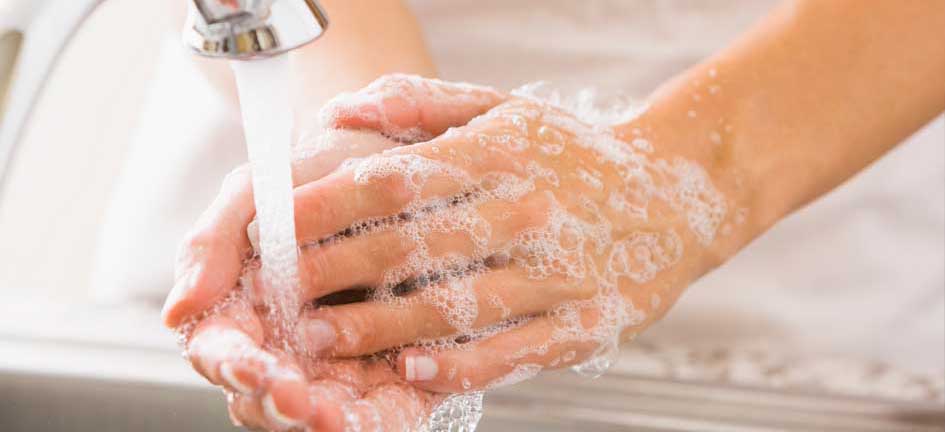There's been some fascinating data[i] published in recent years using micro cultures to evaluate the chances of healthcare workers (HCW) acquiring hand contamination with pathogens from surface contact. Surprisingly, the chances of hand contamination are just about equal regardless of whether you touch a patient direct, or their surrounding surfaces for MRSA, VRE and C. difficile. This applies to both dental environments and medical. A new study[ii] uses modelling to evaluate the interplay between contamination of air, surfaces, and hands in a simulated single room and four bed bays. This study is based on medical environments; however it is significant to note the microbial distribution channels.
The main finding of this study is that the type of care delivered is the most important factor in determining hand contamination, with personal care resulting in increased contamination. The number of surface contacts and surface distribution of microbes were also important factors, but less so than the type of care delivered. As you may expect, the single room was considerably better at containing contamination than the four bed bay. In regards to the dental industry, ‘personal care’ could be defined as the oral health professional’s hands within the patient’s oral cavity, and the closeness of their bodies within the treatment room.
Whilst personal care was the most important factor in predicting HCW hand contamination, there's not a lot that can be done in regards to this. Oral Health patients will always need this level of close physical contact. Clearly this does underline the need for rigorous hand hygiene compliance following patient contact. However, there are other factors identified which can be addressed, this includes: improvements in surface disinfection would reduce the risk of hand contamination. This may be significantly more important as HCWs are less likely to perform hand hygiene after contact with a surface than after contact with a patient. It may also be feasible to reduce the number of surface contacts during patient care through a process of re-education. If HCW had at the forefront of their mind, that surfaces around patients are likely to be heavily contaminated, would they touch these surfaces as much? Probably not.
This is an important study which highlights the links between air, surface and hand contamination. It suggests that improving surface disinfection would reduce the rate of HCW hand contamination and the risk of onward transmission. Therefore, emphasizing the importance of an efficient surface disinfectant.
Interested in more information?
Click here to read our article on ‘The 2 Step Process: Detergents and Disinfectants’
REFERENCES
.png)

